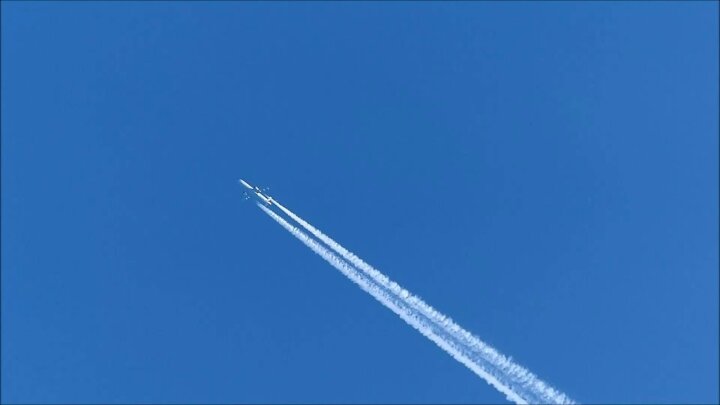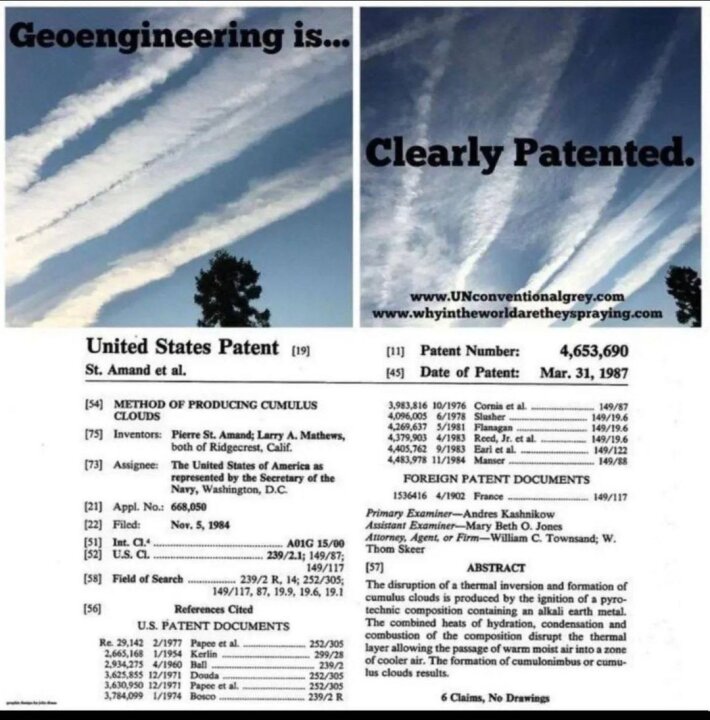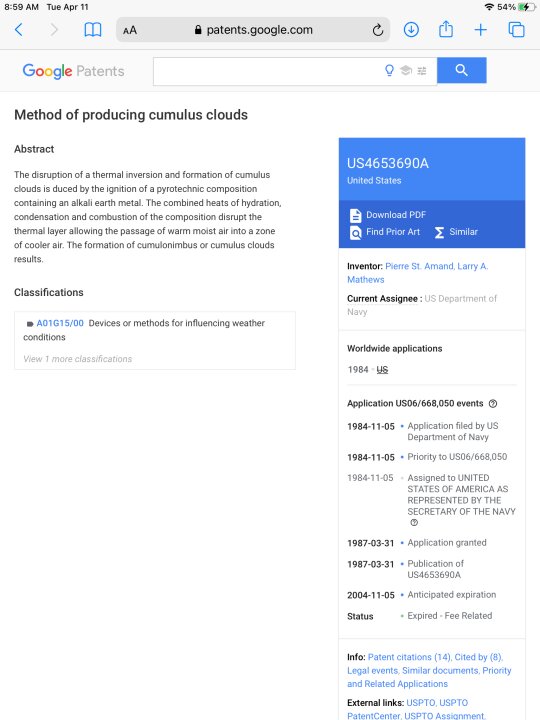A by-product of combustion is water vapor, regardless of what the combustion material is comprised of. In the case of your example, the combustion material is petroleum-based fuel. When the jet's fuel is burnt, the water vapor by-product is expelled out the tailpipe of each engine along with other by-products of combustion, such as carbon.
The only time a contrail will form is if the humidity level of the surrounding air is very high at high altitude, which means that surrounding air containing high humidity is being burnt during the combustion process.
The reason the contrail then forms is because the added water vapor to the surrounding air from the by-product of water vapor from the combustion process, causes those exhaust gases to become super-saturated with water vapor which then forms a horizontal column of fog behind each engine known as a condensation trail.
If the surrounding air is very dry however, a contrail will not form at high altitude because that column of exhaust gas will not be super-saturated with water vapor due to the surrounding dry air which subsequently absorbs all moisture, despite water vapor being added to that surrounding air mass from the water vapor created within the engine exhaust from the combustion process.
A contrail will only form at high altitude where cirrus cloud is typically found, but will not form at lower altitude because the ambient air temperature is too warm and therefore will absorb any water vapor which high altitude air masses are incapable of absorbing.
I should also point out that any fog forming behind each engine is dependent upon the presence of a single carbon particle also being present which the water vapor then sticks to and accumulates around, thereby giving the fog it's visual appearance to us as observed from the ground.
Simple clouds that form in the sky are also dependent on particles of matter being present before the cloud will form and become visible.
Those particles of matter are generally dust and air pollution. The darker the clouds, the more dirt particles are contained within that cloud mass and the more water vapor will subsequently stick to each moisture-laden dust particle, eventually become so heavy that it cannot remain airborne, which then falls as rain.
Water vapor that forms around a particle of air pollution will fall as 'acid rain', which is rainwater that is very acidic from the air pollutants originating from cars and factories.
This is also how 'cloud seeding' works and yes, cloud seeding actually does work, but not very well, nor for very long.
Cloud seeding is merely dropping particles of matter from an aircraft (such as fine salt) which then acts as the foreign matter particulate which any surrounding water vapor will then hopefully will stick to, thereby forming a cloud, thereby falling as rain, but assumes that the salt particles are dropped into an air mass that is very humid to begin with and contains a Dew Point close to 100%, which technically speaking is visible cloud.
Cloud seeding works in theory, but is highly impractical and really expensive. The only time cloud seeding works well is if salt particles are dropped down into the eye of a hurricane which contains a lot of moisture anyway, which means the salt provides a medium for the moisture to stick to and then fall as rain.
But as we all know, who needs more rain derived from cloud seeding when a hurricane arrives, right?


















